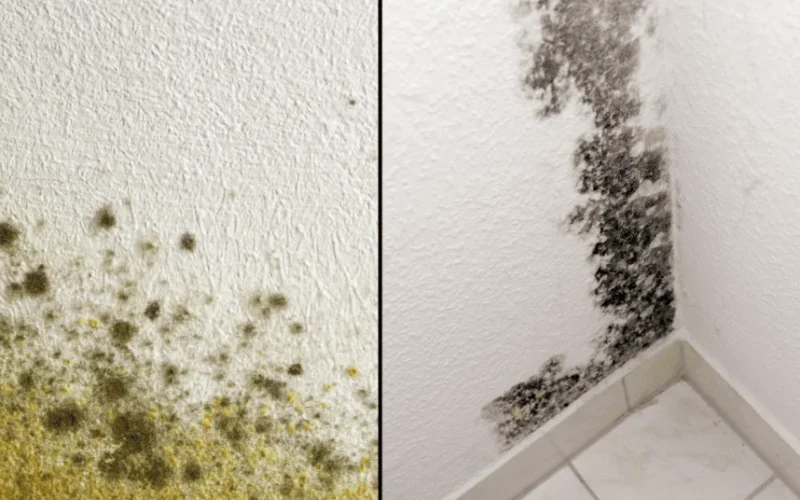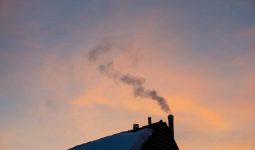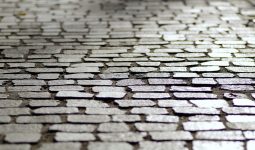There are often misgivings and confusion when ascertaining the difference between mold and mildew.
This is because mold and mildew are fungi that develop because of excessive, unchecked moisture in confined spaces.
They both thrive in moist environments and are usually found in damp areas of the home.
Mold generally comprises all species of microscopic fungi that grow in multicellular filaments called hyphae. It grows from microscopic spores floating in the air.
Various kinds of mold are found in nature and are ecologically important.
They help decompose organic materials like dead trees and fallen leaves.
Of course, when they grow indoors, they can cause health problems and structural damage to the home.
On the other hand, mildew itself is a specific kind of mold (Fungi), usually with a flat growth pattern.
The growth remains on the surface where it can be easily removed. We can see the similarities between them here.
Both are fungi; they thrive in the same moist environment, spread quickly, and can affect our health and homes.
Nevertheless, there are differences between mold and mildew, which we will explore in this article. Read on!
Difference Between Mold and Mildew
The basis on which we will examine the difference between mold and mildew is as follows:
- Appearance
- Smell
- Areas where they grow
- Ease in elimination
- Effect on surface and health and
- Uses
1. Appearance
A distinct difference between mold and mildew is how they look. Mold has a fuzzy appearance. They usually grow by extending long filaments.
This filament gives a fuzzy or hairy texture to the human eyes. An example is a fruit that’s been left out for too long; such fruit may start spotting fuzzy old growth.
This fuzzy appearance comes in an irregular spotted pattern in darker colors, often confused for dirt, usually dark black or greenish hues.
They also come in shades of orange, blue, green, yellow, black, brown, pink, or even purple.
Whereas mold appears fuzzy, mildew has a powdery or downy appearance.
More so, mildew usually grows outward in a flat pattern and appears gray, white, or yellowish patches that turn black or brown over time.
As mentioned earlier, mildew can be downy or powdery. Downy mildew starts as yellow spots in its early stage. It becomes brighter and then changes to brown as it ages.
Powdery mildew, on the other hand, has whitish spots. Just as the name suggests, it looks like talcum powder.
This whitish color turns yellowish brown and then becomes black as it ages. It’s usually found on damp surfaces, paper, clothes, etc.
2. Smell
Another way to identify the difference between mold and mildew is by smell.
Generally, both of them have a musty smell. But then, mold has a more potent and pungent smell.
This is because mold emits gases (chemical compounds) known as microbial volatile organic compounds (MVOCs) as it grows.
Mildew, however, has a milder, musty smell that some compare to damp socks.
3. Areas Where They Grow
As mentioned earlier, mold and mildew are fungi that thrive in moist environments and can be found in damp homes.
However, mildew grows on visible surfaces, whereas mold may develop anywhere.
Mold is usually found on organic surfaces. They require something organic to grow, like wood, paint, cloth, leather, plastic, and even floors of homes with moisture management issues.
Mildew, however, can grow on plants and even kill the plants if not removed.
They can also grow on floors, shower walls, windowsills or ceilings, and other places where moisture levels are high.
While mildew is mostly on plants and surfaces of agricultural products such as potatoes or grapes, mold can never be found growing on the plant.
Nevertheless, molds are the fungus growing on cheese, bread, or meat.
4. Ease in Elimination
One other distinct difference between mold and mildew is in terms of elimination. It is easier to eliminate mildew than mold in homes.
A mildew cleaner and a good brush work just fine to get rid of mildew; however, dealing with mold effectively may sometimes require the service of a professional.
Nevertheless, some mold can be removed with bleach or specialized cleaning products while wearing protective gear like masks and goggles.
Other types of mold, like Stachybotrys chartarum, may require the service of an excellent professional for effective removal. The bottom line here remains that eliminating mildew is easier than mold.
5. Effect on Surface and Health
Another difference between mold and mildew is their impact on the surface and health.
Mildew, as we established earlier, affects plants and crops and is capable of damaging crops and other plants it infests when it grows outdoors.
Mildew also damages surfaces indoors, such as tile floors, bathroom mirrors, papers, and leather handbags.
But then, it doesn’t leave lasting damage like mold. Mold, however, can damage entire structures, including homes and vehicles.
Both pose challenges to our health, but mold has a much more severe effect.
When one inhales mildew spores, one may experience fewer health risks, such as cough, headache, or trouble breathing, but inhaling mold spores can cause long-term health problems.
Mold spores can cause respiratory problems, heart problems, joint pain, migraines, fatigue, and depression.
In addition, anyone with a mold allergy may experience congestion, sneezing, itchy eyes, irritation of the throat, and skin rashes.
These are just some of the reasons why mold and mildew should be eliminated as soon as possible.
6. Uses
The use of this fungus is also another basis for comparison here. So here, a difference between mold and mildew is that some molds are beneficial, whereas mildew has no known benefits.
Some molds are used in pharmaceuticals, such as Penicillium, which is used to make antibiotics. Some are also used in food production.
An example here is Neurospora, which is used to produce Oncom, a tofu by-product.
Some molds are also used to produce bread, soya sauce, etc. Penicillium is also used in the production of cheese.
Conclusion
As we have seen so far, mold and mildew are markedly different despite their similarities.
We have established differences in appearance, smell, ease of elimination, effect on surface and health, and uses.
Apart from the lasting damage and unpleasant appearance mold and mildew can cause to the home, they can also negatively impact our health.
Hence, they need to be eliminated as soon as they occur. To prevent mold and mildew from growing in the home, keep all areas dry and moisture-free.
To achieve this, you can use a dehumidifier and keep the house at an ideal humidity level (40-50%).
You can also use an indoor air purifier. Also, ensure you change your air filters regularly and keep the air circulating in the home.
More so, carry out a regular inspection for mold and mildew. The earlier you detect them, the more manageable they will be.








